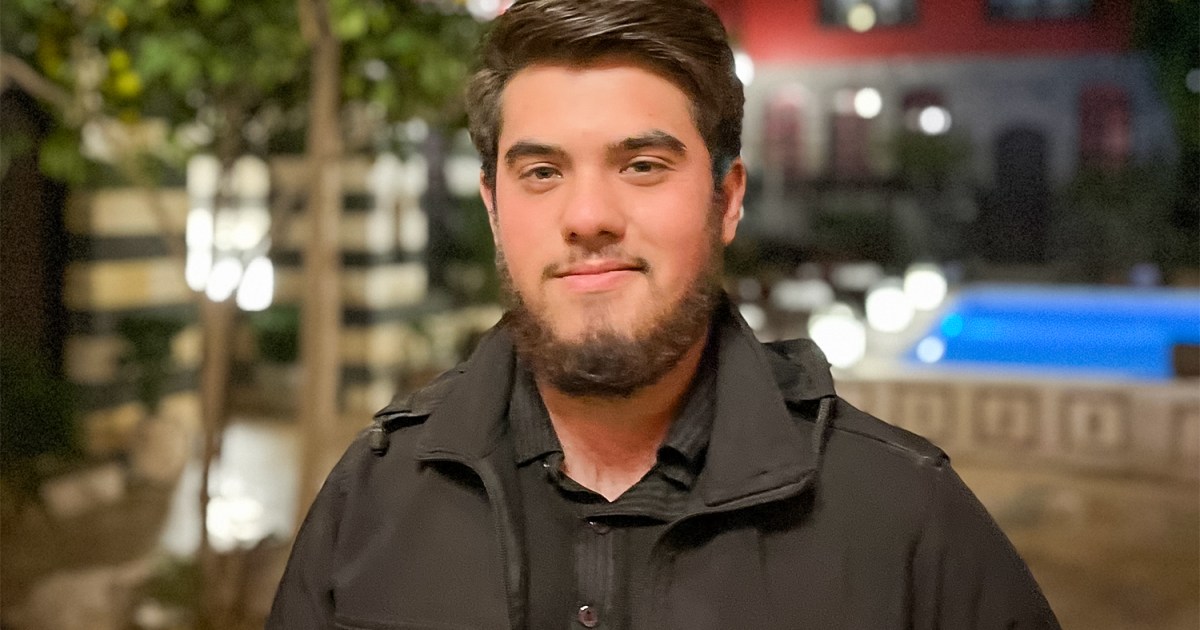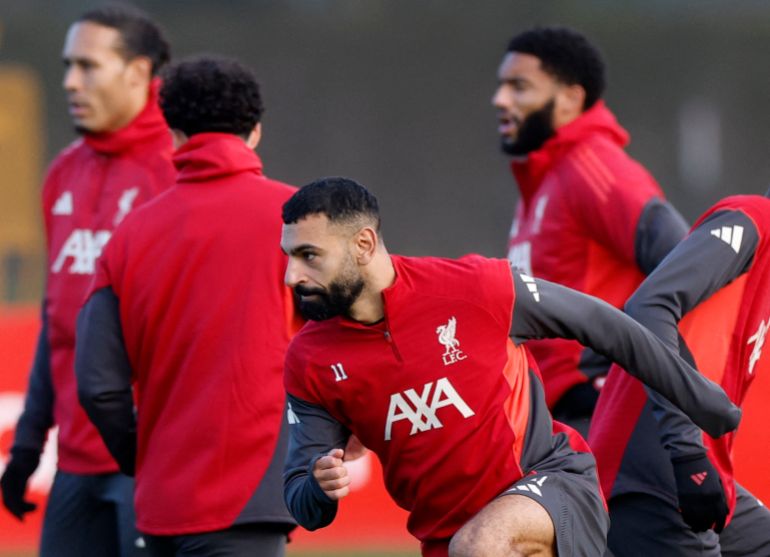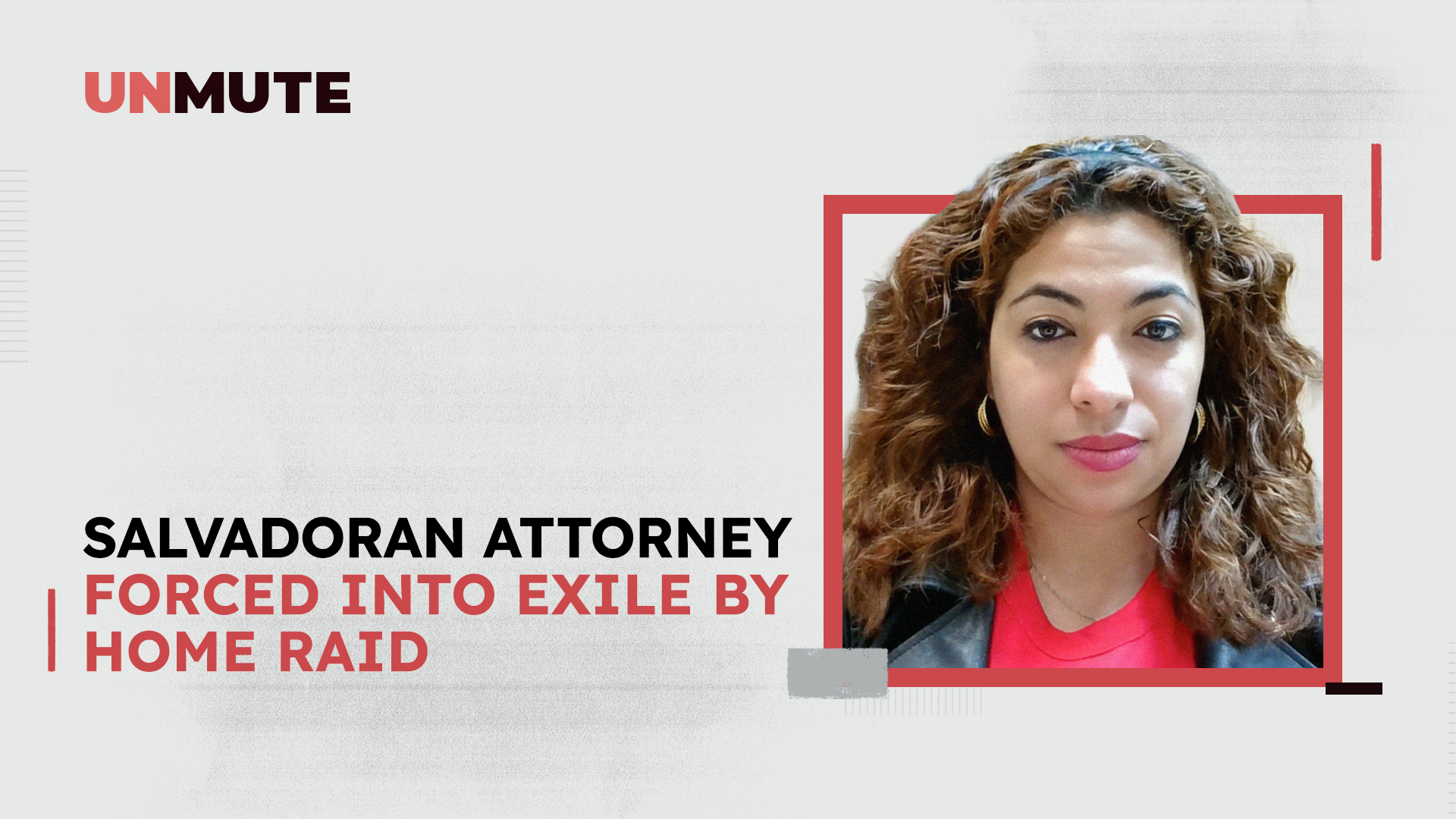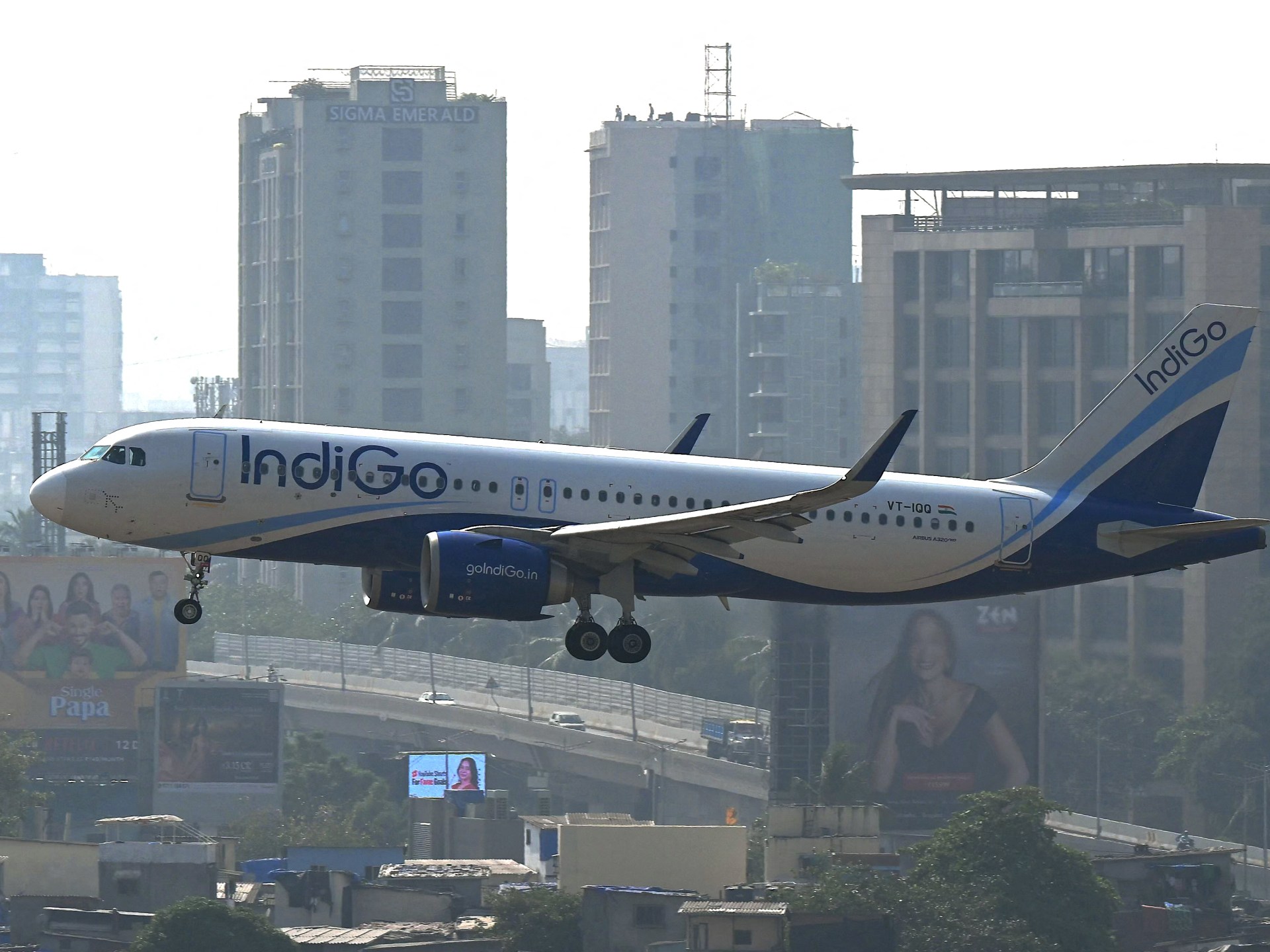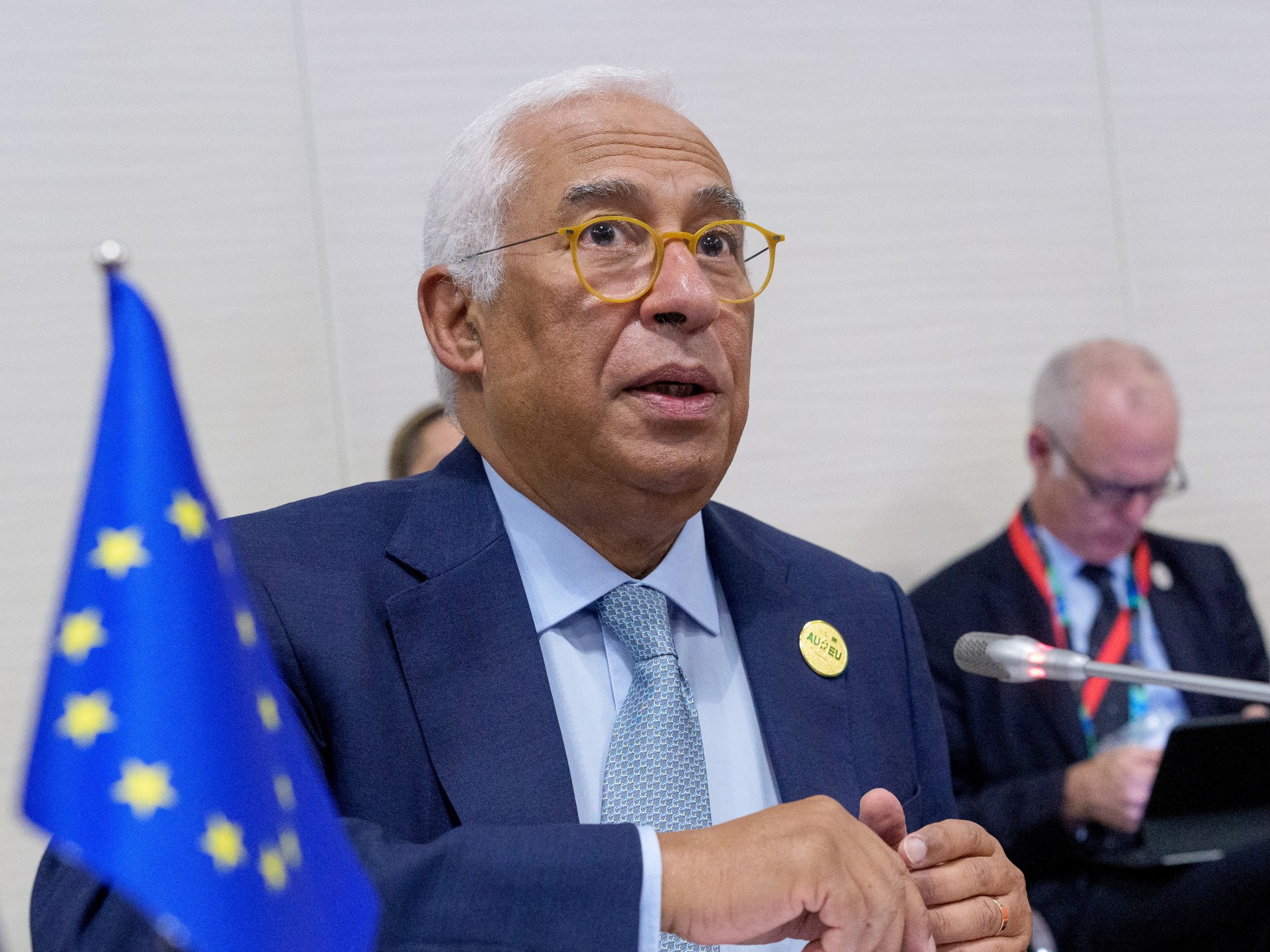Damascus, Syria – In 2013, Mohamad Yamen, then nine years old, fled from the Damascus suburb of Jobar with his family.
The Assad regime flattened Jobar, making it uninhabitable. Yamen and his parents moved to the Abbasiyyin neighbourhood of Damascus, where he continued his studies and dreamed of moving to Spain.
Recommended Stories
list of 4 itemsend of list
At around midnight on December 8, 2024, the 20-year-old Yamen was on his phone as news poured in that the regime might be on its last legs. A rebel operation from the north of Syria had overtaken Aleppo, Hama and Homs, and word was that they were on their way to Syria’s capital city.
Yamen told a few friends and joined them in the streets of Damascus. His house was between two police stations, Abbasiyyin and Jobar, staffed with police who he said were corrupt and would regularly harass people.
But that evening, they were nowhere to be found. Instead, they found the uniforms of defected soldiers lying on the ground.
His phone died while he was out on the streets, so the news did not come in by phone, but the sound of gunfire echoed through the night sky.
“There was a lot of gunfire from jubilant people,” he said on Monday, a day before the first anniversary, seated in a hotel courtyard.
He looked out over the courtyard and played with a ring on his left hand as he spoke.
He described the scene that day as a kind of joy-filled chaos, until rebel forces arrived from Deraa, in southern Syria, and later fighters, led by Ahmed al-Sharaa, poured into the capital from the north.
“This was an indescribable joy, honestly,” he said. But his first thoughts were for other people suffering oppression.
“At that moment, I thought that God willing, it will happen soon for the people of Palestine, and we will celebrate in Palestine, at Al-Aqsa Mosque.”
Soon after, Yamen saw on television that al-Sharaa was entering the Umayyad Mosque in Damascus’s Old City. He jumped on his scooter and made a beeline for the mosque. When he arrived, he saw Syria’s future president emerging from the historic mosque.
‘Because of this liberation, I have hope’
Al Jazeera first met Yamen a few days later, outside that same mosque on the first Friday after the liberation of Damascus.
“Because of this liberation, I have hope,” he said at the time.
On December 7, 2025, Yamen was still filled with positivity on the eve of the anniversary of the liberation of Damascus. At 21 years old, his face was fuller than a year ago, and he spoke calmly with an intellectual air.
He listed a number of things that he felt had been improved by the new government, led by al-Sharaa.
The streets had been upgraded, infrastructure had been repaired, the exchange rate had improved, the health sector was getting better, and employees’ salaries had been raised, he said.
“What I have mentioned is just the tip of the iceberg, so there’s still more to improve, God willing, much more.”
He also pointed to the issue of freedom of expression. Under al-Assad, any criticism of the regime could end in imprisonment.
Many Syrians told Al Jazeera that having dollars or even speaking the word aloud on a mobile phone could result in punishment or imprisonment.
“The issue of freedom of expression is one of the issues that has made the most difference,” he said.
He pointed out recent antigovernment protests in Homs and the Syrian coast, where troops affiliated with the new government contributed to widespread sectarian violence in March.
“Right now, we are sitting here. For example, you might disagree with me on a political opinion. But under the old regime, you were careful with every word,” Yamen said.
On the actual anniversary, the next day, Yamen headed down to Umayyad Square to take part in the celebrations and the collective euphoria and joy.
Tens of thousands were expected to attend. By 3pm (12:00 GMT), fireworks burst overhead as helicopters and powered paragliders flew through the sky, while below the square was already full of people waving the green, black and white Syrian flag.
People continued to pour in for the processions, which the government said would start at 8pm (17:00 GMT).
‘I can help this country’
Jobar is still destroyed, and rebuilding will take years. Yamen compared the destruction of the area with the destruction Israel has unleashed on Gaza.
Under the Assad regime, dozens of areas were obliterated through barrel bombs, air raids, and siege. The World Bank has estimated the reconstruction costs in Syria will require between $140bn and $345bn.
“I will never forget the time of our forced displacement,” he said. “Our region, our people, our families in Ghouta and Jobar were displaced.”
Still, Yamen no longer dreams of Spain.
“There are things that make me want to challenge everything and stay, I mean, this is something that’s not about me,” he said. He is in his final year studying law and hopes to find work upon his graduation.
“I am ultimately a member of society. Before, corruption in the legal field filled me with doubt about working here,” Yamen said.
